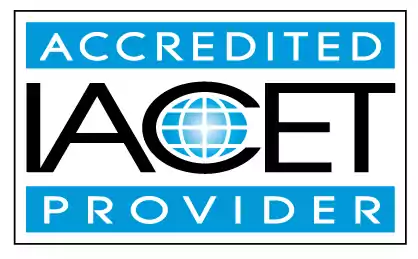Identify best practices in room arrangement for the preschool setting.
Discover best practices for room arrangement in preschool settings, emphasizing the importance of individual planning. Learn how to identify appropriate practices to engage and demonstrate important skills to children. Ideal for early childhood education professionals and child care centers seeking to optimize their learning environments.Trainings incorporating this outcome
Proficiency Level
45 hours courses
3 hours courses
Related Outcomes
- Identify best practices in room arrangement
- Identify appropriate practices for identify and demonstrate an children: Identify examples of appropriate activities for different ages
- Identify appropriate practices for identify and demonstrate an children: Define Developmentally Appropriate Practice
- Identify optimal room arrangements by comparing multiple childcare settings.
- Identify appropriate practices for identify and demonstrate an children: Identify importance of individual planning
- Identify appropriate practice for the identification, prevention, and treatment of communicable diseases and illnesses in child care setting
- Demonstrate an understanding of optimal room arrangements for family child care settings and their components.
- Explain inclusionary practices in the preschool setting.
- Identify appropriate practices communicable diseases/illnesses and immunizations and their schedules in child care setting
- Identify strategies and practices for preventing shaken baby syndrome and abusive head trauma in the child care setting
- Demonstrate understanding of optimal room arrangements for family child care settings and their components.
- Demonstrate an understanding of inclusionary practices in the preschool setting.
- Identify best practices when communicating with emergency personnel.
- Identify appropriate practice for the identification, prevention, and treatment of communicable diseases and illnesses in child care setting
- Demonstrate understanding of inclusionary practices for developmental disabilities in the childcare setting.
- Demonstrate understanding of inclusionary practices for ADHD in the child care setting.
- Demonstrate understanding of inclusionary practices for cerebral palsy in the child care setting.
- Identify strategies to increase parent involvement in the school-age setting.
- Identify practices for managing Illnesses, diseases, allergies, and medication in child care.
- Define and identify the components of developmentally appropriate practice
Related Articles
- Effective and Engaging Classroom and Home Daycare Room Arrangements
- Small Resolutions for Small People: Teaching Goal-Setting to Preschoolers
- The Role of Safe Sleep Practices in Reducing SIDS Risk
- Creating Safe and Nurturing Environments in Child Care Settings
- How to provide routine for Preschooler at Home
- Why Trauma-Informed Care Should Be a Universal Approach in Early Childhood Settings
- Mini Medics: Teaching Preschoolers Basic First Aid and Safety Skills Through Play
- How to Create and Implement a Visual Schedule for Your Preschool Classroom
- Hilarious Hijinks of a Day in the Life of a Preschool Teacher
- The Glitter Conundrum: Why It’s Both the Best and Worst Thing to Happen to Childcare Crafts
- Effective Classroom Management Strategies for Preschool Teachers
- Essential Training for Preschool Teachers: Building a Safe and Nurturing Learning Environment
- Snack Attack! The Best Brain Foods for Growing Minds i
- How to Set Up a DIY Puppet Show Theater
- Lesson Planning for Preschoolers: A Guide for Educators
- Reindeer Ready? Creative Holiday Games to Engage Preschoolers
- Winter Wonders: Incorporating Seasonal Science in Preschool Curriculum
- Nature’s Classroom: Why Fall Is the Best Season for Sensory Learning Outdoors
- Benefits of Preschool: Early Education Matters
- How to Incorporate Fine Motor Skills Practice Into Daily Activities
 4.5 CEUs
4.5 CEUs